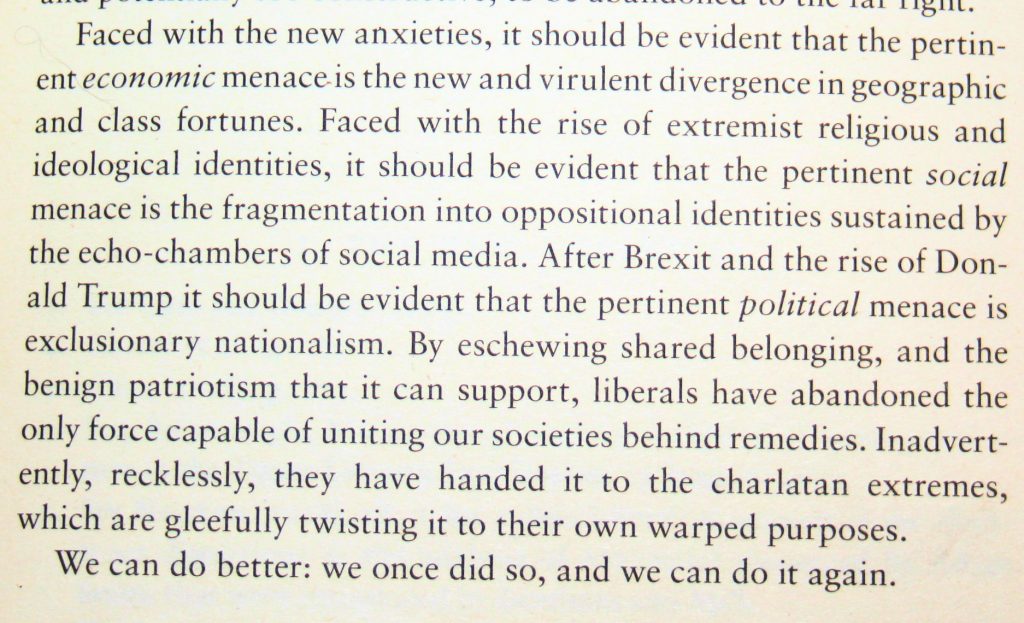
As I write this there are warnings of snow, hopefully not such a long period of cold as 2018, when, safe in the expectation of warmth and even possibly spring sunshine, my family were planning a christening in Derbyshire in March, which had to be cancelled at short notice due to the returning snow, which stopped all of us from travelling.
Fortunately, despite rain wind snow or excessive heat, there is no problem with travel to my office, the only disruption being a two-day evacuation of the office when the midges swarmed.
We have a New Year, which traditionally encourages us to reflect on the past and speculate about the future. I have always felt privileged to have the trust of clients when dealing with something as important as their financial security.
Looking back to the banking crisis, I am confident that my clients, with some reassurance, kept in the market for long enough to recover any potential losses.
We have seen major changes in the investment world during the past 10 years. In particular, clients are increasingly looking at better outcomes, not merely sustainable returns but also having an impact through those investments.
My holiday reading, The Future of Capitalism by Paul Collier*, has done much to reassure me that economic thinking is developing and moving us forward, away for much of the anger currently felt.
I share with you his final paragraph:

Housing shortage

The most challenging issue for all 20 to 30 somethings is how to get on the housing ladder. As a country we consider home ownership an essential.
Tax policy is designed to drive behaviour and, as far as housing is concerned, it has worked for those who bought their homes at the right time.
For clients who have children and grandchildren it is a subject regularly referred to as a concern to them as well as the younger family members. Increasingly taxation is being designed to assist, one example of which is the Help to Buy ISA.
What is a Help-to-Buy ISA?

A Help-to-Buy ISA is a government scheme designed to help you save for a mortgage deposit to buy a home. To qualify you must be classified as a first-time buyer and not own a property anywhere in the world.
Savings are tax free just as with any ISA product. However, a Help-to-Buy ISA gives you the added bonus of getting government contributions.
How do Help-to-Buy ISAs work?
The government will top up any contributions you make by 25%, up to the contribution limit of £12,000. So, for every £200 you save, the government will contribute £50. This means you can earn a maximum of £3,000 from the government.
The minimum amount you need to save to qualify for a government bonus is £1,600 (which gives you a £400 bonus).
You can start off your ISA with an initial deposit of up to £1,000 which also qualifies for the 25% boost from the government.
Help to Buy ISAs are available to each first-time buyer, not each home. So, if you’re buying a property with your partner, for example, you’ll be able to get up to £6,000 towards your deposit.

Pensions and National Insurance
I offer this reminder, as I am often asked about the need to pay National Insurance and the most appropriate way to achieve full benefits. It is easy to check your personal account on line.
- the State Pension changed in April 2016.
- if you reached State Pension Age before April 2016, you needed to have National Insurance contributions or credits for 30 years to receive the full pension.
- if you reached State Pension age prior to April 2016, the State pension is made up of the Basic Old Age Pension and the Additional State Pension; otherwise known as State Second Pension (S2P), State Earnings Related Pension (SERPS) or the Graduated Retirement Benefit.
- Those who enter the National Insurance system on or after 6 April
2016, will need to have a minimum of 10 years National Insurance contributions
or credits to qualify for a State Pension.
To receive the full pension, they will need to have National Insurance contributions or credits of 35 years. For everyone else, transitional rules apply.
Clearly most of us do not rely on the State Pension and the question is how much additional funding is needed to achieve a realistic income at the time you plan to stop earning or reduce your working time.
Most people are shocked once they look at the levels of funding necessary, which means that you can either choose to fund to the desired outcome or delay your plans. Most importantly start early and fund realistically but also take the opportunity to get a realistic forecast.
Pension funding is still the most tax efficient way for all but basic rate tax payers, with Stocks and Shares ISAs used for anyone who is currently a basis rate tax payer.
One important warning, Cash ISAs give a return less than inflation and the only tax benefit is that the small amount of interest is tax free.
They do not make financial sense for medium and long-term savings. Inflation is expected to run at about 2.5% in the foreseeable future. Stocks and Shares ISAs are exposed to market fluctuations but rarely give a negative return in the longer term.
My approach is to be open, transparent and approachable.
Jan
* Paul Collier is Prof of Economics and Public Policy at Oxford Blavatnik School of Government
